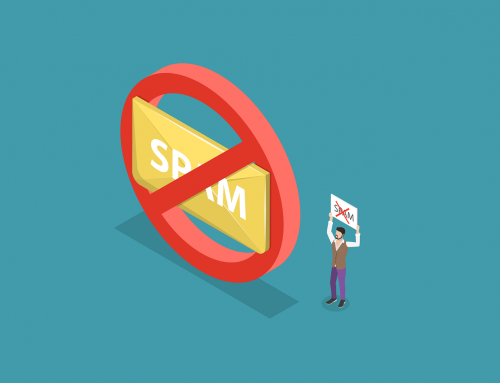Best SMS Marketing Practices
SMS is an effective marketing communications tool used by organisations around the world for many different reasons.
Unlike email where our inboxes are often overloaded, SMS is typically a more interruptive form of communication. It’s an effective channel for keeping in contact with active customers, fundraising, sending alerts and reminders, as well as driving new sales through communicating promotions.
Not only is SMS a fast and reliable communications channel, an internet connection isn’t required to receive a message, meaning your organisation is able to reach customers without email access.
Research indicates that 2 in 5 consumers have more than 50 unread emails in their inbox, while only around 2 in 50 have more than 50 unread SMS messages.
Discussed below are some the best practices to executing an effective SMS marketing campaign.
Consent & Disclaimers
Prior to any marketing SMS send, you’re required to have consent to contact customers through the channel. There are many ways to organically grow your lists, including website data capture, short codes on social media, competitions and loyalty programmes.
It needs to be as easy to opt out of receiving your messages as it is to subscribe. An unsubscribe option should be made available to all SMS recipients. This should be made clear to customers with instructions to text “STOP” to unsubscribe. By informing customers that they can stop receiving your texts at any time, it establishes trust and credibility between your brand and customers.
Keep it Simple
Messages need to be short and sweet to keep unsubscribes at a low level. Clear and concise messages with a call to action (CTA) will keep your customers engaged.
As there is a character limit with SMS, using a link shortener will free up some space for more important content. These links can be tracked to give your marketing team a far greater understanding of how your message campaign is performing.
Frequency
SMS marketing is a great way of cutting through the clutter. Because of this, it’s important to ensure you’re not overusing the channel.
It’s best practice to only utilise the channel 2-4 times a month, as it can quickly feel intrusive and become annoying to customers if they become too frequent. However, every campaign is different.
What works for one industry may not work for another. It’s important to review and analyse your campaign performance by looking at delivery rates and link click statistics to see what’s most effective.
Similarly, regarding the timing of your messages, ensure to take time zones into account if you’re contacting international customers. A promotional text message in the middle of the night could be the final straw!
Clean Database
The success of your SMS campaign is determined by your database and if it’s clean, up-to-date and error free.
While there are simple solutions available allowing organisations to test and verify if a phone number is still in use, there are other methods cleaning your database. These include deduplicating records, verifying the source of consent and removing invalid or incorrect numbers.
Providing ways for customers to update their mobile contact details makes it easier to keep a cleaner database.
Using SMS messaging as a communications channel remains to be a very effective method of contacting your customers, especially if you acknowledge both its strengths and weaknesses.
Like other channels it’s incredibly important to analyse its performance over time and make any adjustments in future campaigns to maximise performance over time.
Are you preparing to alter your SMS strategy in 2022? If so, contact us today on +353 1 8041298, or click on the link below to be brought to our contact form.









